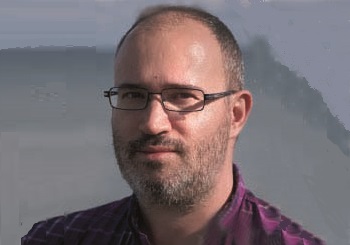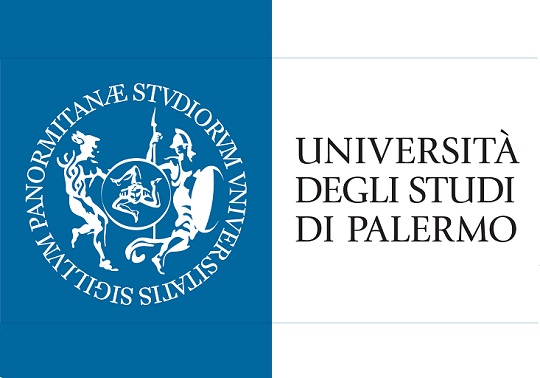
This device, still in development, promises to instantly translate conversations between two users through a simple earpiece. With one year left (at least) until it goes on sale, the promoters have raised over 1 million euros in barely one day.
26 may 2016
Very few media outlets have missed the chance to pin the news on their front page and – amongst those who published it – even less resisted the temptation to make a reference to Star Trek, Doctor Who or some other lauded sci-fi franchise.
Admittedly, even with the evolution of translation tech advancing at a near-bewildering rhythm, many journalists and internet-users have been intrigued by what Waverly Labs, an American start-up with barely 6 employees, are proposing. Pilot promises to translate any conversation in a near-instantaneous manner, automatically, anywhere and without an internet connection, thanks to two minute earpieces (one for each member of the conversation) and a cellphone with the appropriate app. In short, an automated interpreter.
The media’s reaction has been of near-uncontainable euphoria, even when the technology used is not that revolutionary. Google or Skype, amongst others, have spent years developing automatic audio translation software, with evermore promising results. The key of Pilot is in the hardware – a tiny format, no use of mobile data and, theoretically, easy and quick to use in everyday life.
In fact, even the CEO of the project has deemed necessary to reduce the huge expectations. In an interview with Forbes, he stressed that «Pilot lags much more than Skypes’ latest translation engine does [the product’s FAQ gives an estimate waiting time of two seconds]. I’m not saying we built something comparable to that». The artefact uses a combination of existing software, standard voice-recognition models and voice translation. «We don’t want any comparison to Babel Fish».
It doesn’t seem to have had much effect. One day after launching their crowdfunding campaign for the project, the company has raised nearly $1.4 million (1.25 million €), 18 times more than their initial goal. That’s with barely a prototype. They plan to send the first beta units at the start of 2017, with the final product launching in the second half of the year. The first languages are English, Spanish, French, Italian and Portuguese, with more expected for further along.
What implications does this have for Translation and Interpretation students? Relatively few for now, while we expect the end-result. For one, the current efficiency of automatised translation devices, though increasingly useful, is still not anywhere close to being able to qualitatively substitute a human translator or interpreter’s work. But also, the growing investment in software and hardware of this kind opens new, interesting job opportunities for Translation graduates.
For the time being, and at the very least until the first prototypes and phone app have been released (in theory the second will be ready for autumn 2016), we’ll have to wait with equal parts caution and interest for the next few steps in project’s development.

.jpg)








